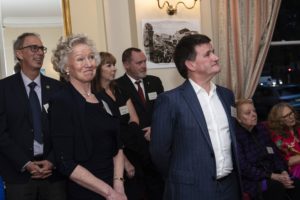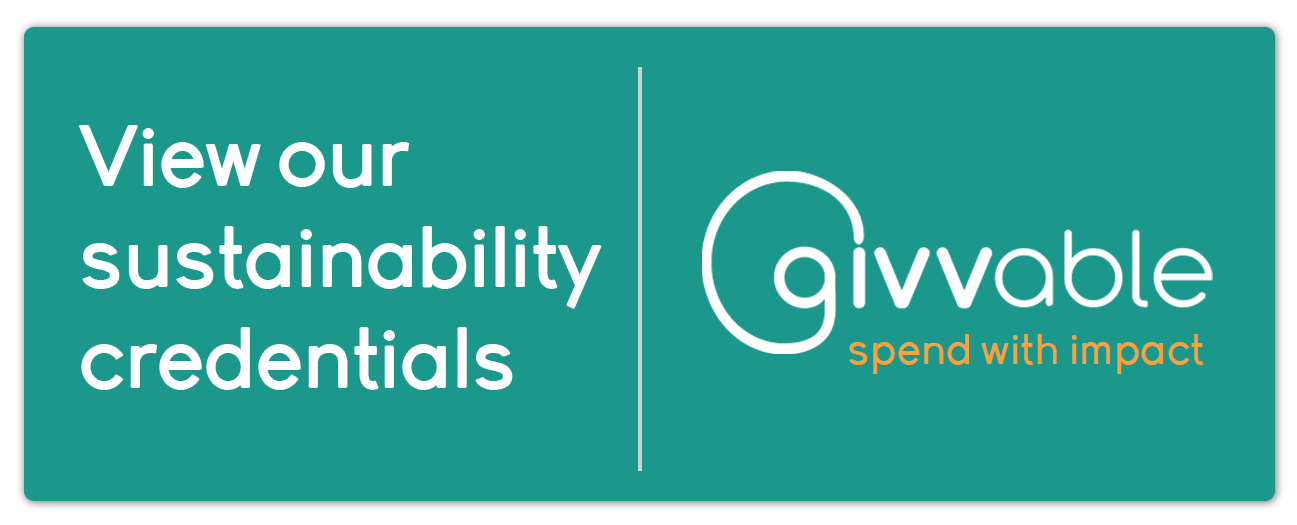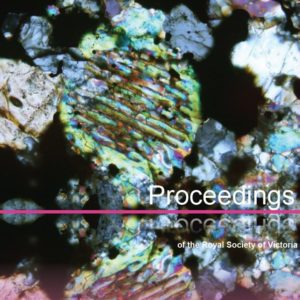Knowledge holders and leaders from across Victoria, including Traditional Owners, gathered at the Royal Society of Victoria to discuss the challenges and opportunities for Victoria in biodiversity conservation and recovery, considering the urgent need to establish an independent Taskforce. RSV President Rob Gell framed the biodiversity crisis as “everyone’s problem.”
As a custodian species of the planet’s ecosystems, we have become disconnected from our responsibilities, attending to the patterns that build the complex web of life. Our activities and waste products are disrupting ecosystems, impacting the reproductive success of other animals. Pharmaceutical waste can persist even in the most remote places on the planet, including Antarctica. But it’s not all bad news, particularly if we pay attention to where we’ve come from, and where we’re going.
Wooleen Station pastoralist David Pollock demonstrates the grazing systems used in the arid rangelands regions of Australia are not sustainable. Periodic rest periods for important pasture species have not been adopted due to high competition for grazing from rabbits, wild goats and kangaroos. David argues the best solution to this unmanaged grazing is the dingo, an important apex predator in the ecosystem unhelpfully mischaracterized as a “wild dog” to justify widespread culling programs.
Following the United Nations Global Assessment of Biodiversity and Ecosystem Services report, Professor Brendan Wintle discussed and celebrated the crucial role that ecologists can play (and are playing) in co-designing and implementing solutions to the extinction crisis, in partnership with private land conservation organisations, Indigenous land managers, developers, and governments.
Extreme events are becoming more devastating and more frequent. Communities, economies and ecosystems have increasingly less time to bounce back between them. How do we build resilience for the future? This summer’s devastating bushfires and the disruption of the COVID-19 pandemic have given Australians an alarming insight to the sustained uncertainty we will be facing under a rapidly changing climate. Mike Flattley (Royal Society of Victoria) and Anthony Boxshall (Science Into Action) invited a number of speakers to discuss how we can build resilience into our planning strategies for water, agriculture and biodiversity. Featuring David McKenzie and Claire Flanagan-Smith on the Goulburn Murray Resilience Strategy, Lauren Rickards on Climate Change and Systems Transformation, Brendan Wintle on Decision Making for Biodiversity, Briony Rogers on Preparing the Water Sector for Transition, Richard Eckard on the Transition of the Agricultural Sector, and Sarah Bekessy on Building Community Ownership and Agency in the process.








